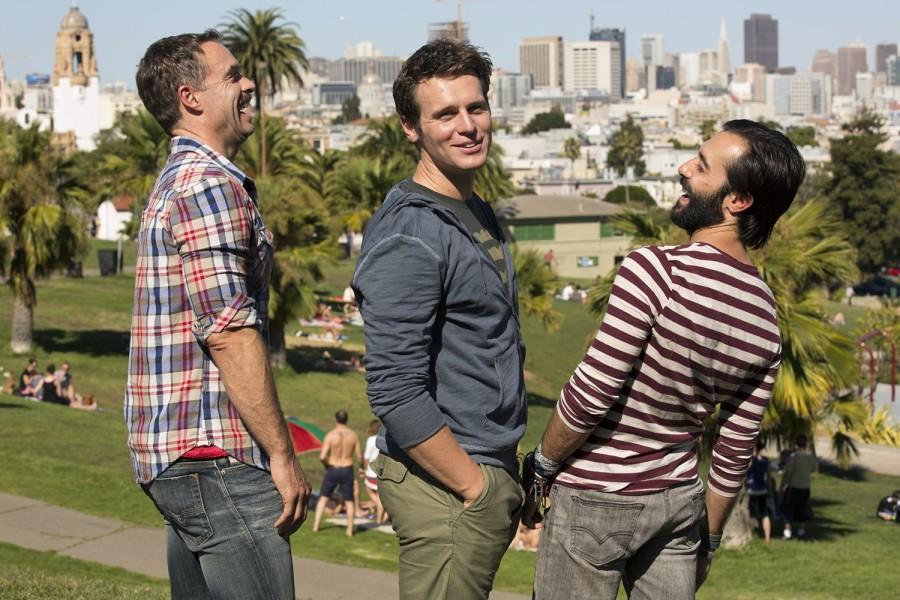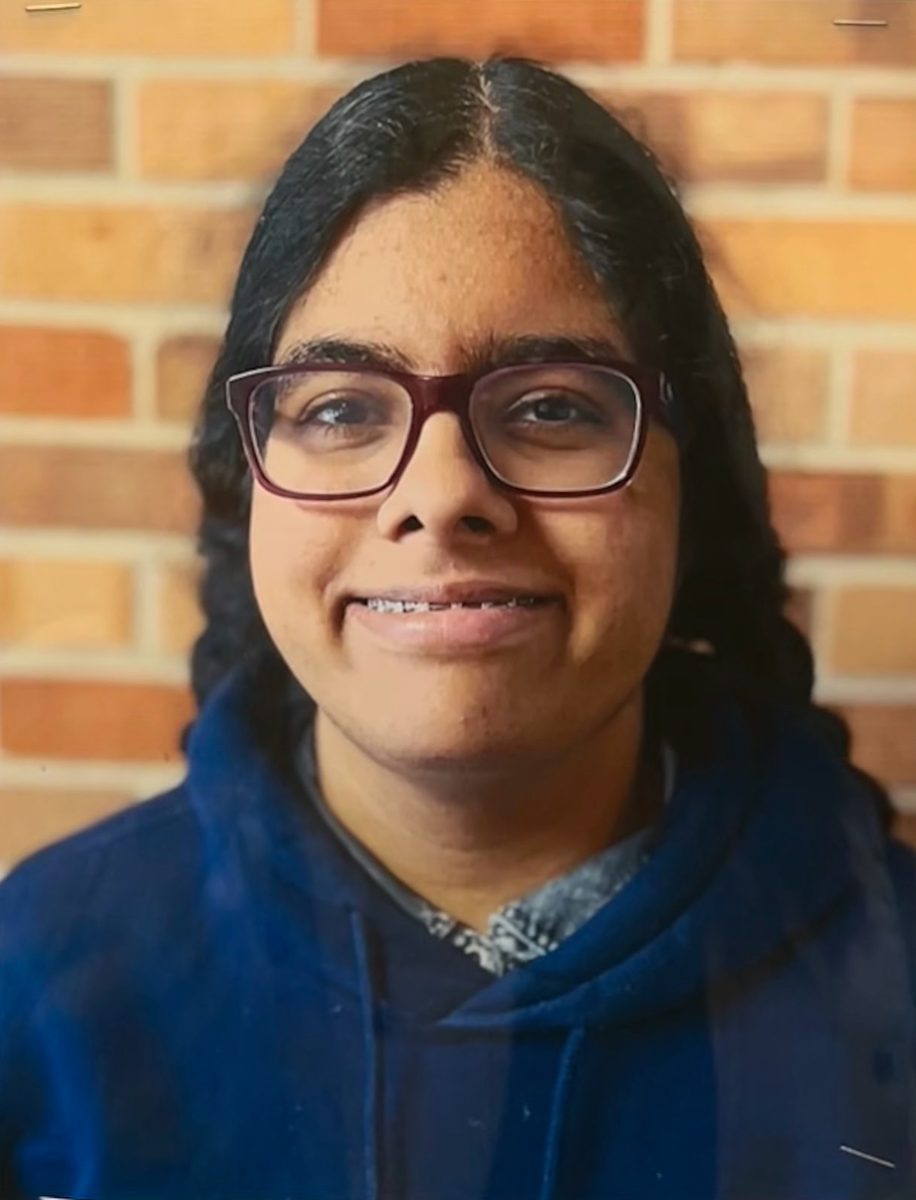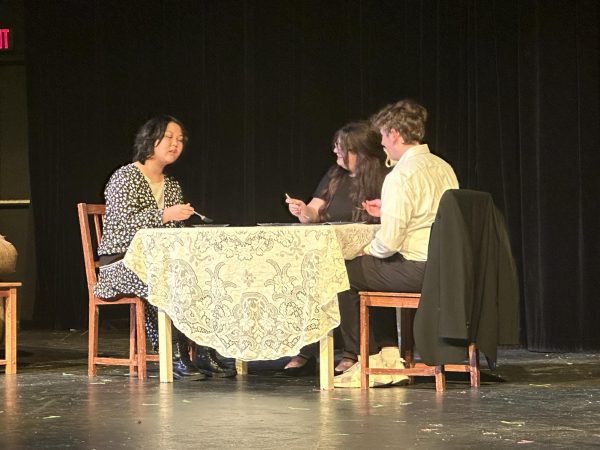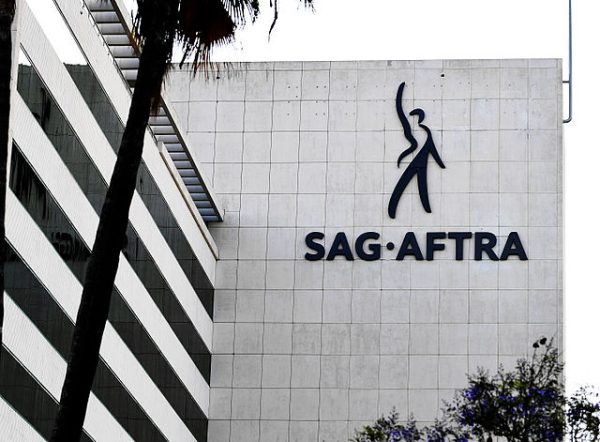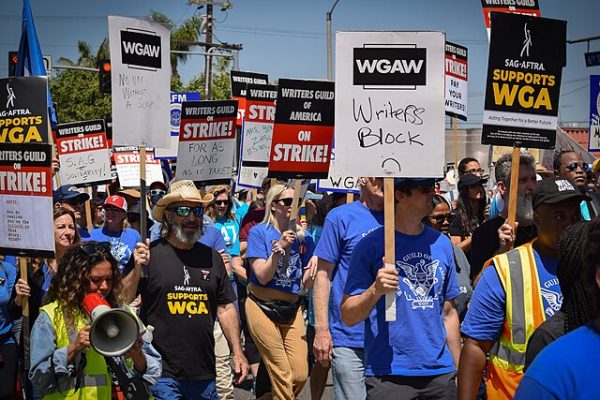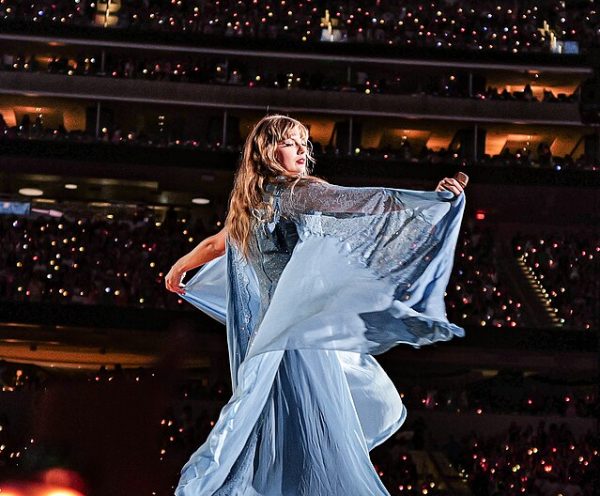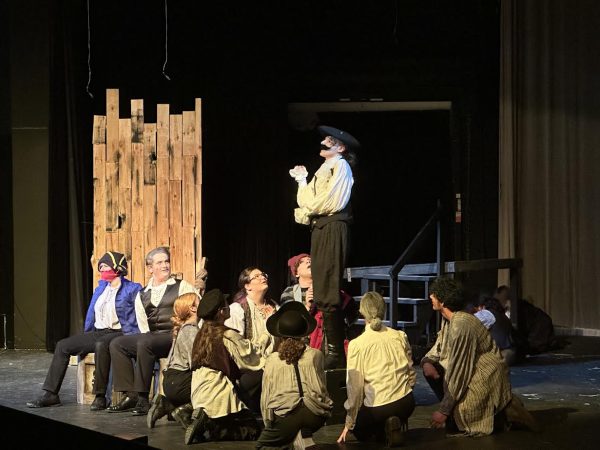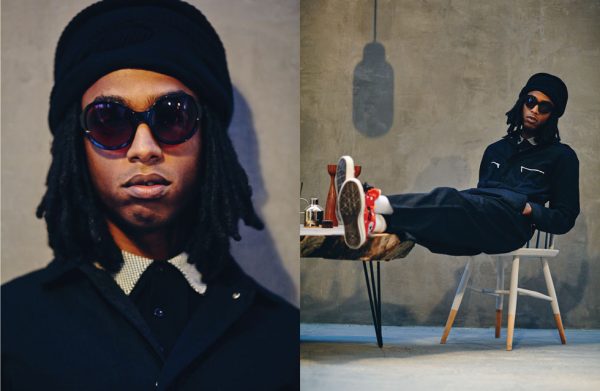“Looking’s” legacy lives on
April 8, 2015
HBO recently announced that it had cancelled “Looking,” their critically acclaimed comedy-drama that ran for two seasons. The network also announced that despite not ordering a third season, the show would still be able to wrap up its various storylines with a TV movie.
“Looking” followed the lives of three gay men living in San Francisco led by neurotic video game designer Patrick, played by Jonathan Groff.
Despite positive reviews, “Looking” constantly struggled to capture a large audience. In its second season, the show received only a fraction of the audience that tuned in to watch its lead-in, the controversial comedy “Girls.”
HBO is famously indifferent when it comes to its show’s ratings, preferring, instead, to base its renewals on different factors such as awards attention and the show’s ability to bring in new subscribers. Unlike “Girls,” which has always received low ratings, “Looking” was never able to garner the attention or universal praise that would warrant a renewal from the network.
Since its premiere, “Looking” has been under an intense scrutiny from viewers, being the only show to predominantly feature gay characters on a major television network. Many accused the show of presenting a point of view that was too narrow and exclusive, failing to present an accurate depiction of San Francisco’s immense racial and cultural diversity.
While many of these were important criticisms for the show to address (the lack of lesbian, Asian-American or HIV-positive characters, for example), they often felt as if they were designed to set the show up for failure. As is the case with most fiction centered around a marginalized group, it was unrealistic to expect “Looking” to accurately depict the experience of every gay man living in San Francisco, much less of the entire LGBT community.
Instead, it was a show whose characters were so normalized that they bordered on coming across as boring or whiny. While this doesn’t necessarily read as a compliment, it does mark significant progress from the media’s typically sanitized and stereotyped representation of the community. The characters had sex. They worried about contracting STDs. In one memorable scene, the characters discuss the benefits of taking PrEP, a drug meant to prevent HIV infection. “Looking’s” representation was not perfect, but it was important.
Over the course of its 18-episode run, the show was still able to carve out a loyal audience. Following its second season finale, the show was championed by various publications including The New York Times, Vogue and The Guardian. Directors Joe Swanberg, Zal Batmanglij and “Transparent” creator Jill Soloway all reached out over social media in support of the show.
The one sentiment that seemed to unite most viewers and critics when it came to “Looking,” at least by the end of its second season, was that it featured some of the most distinctive storytelling on television. The show’s pace was jarringly slow, often lingering on mundane moments, providing snapshots of the character’s lives instead of traditional plot development.
This is best represented by the first season episode “Looking for the Future,” an intimate and profound half-hour that followed Patrick and Richie (Raul Castillo), his boyfriend, around San Francisco on a meandering, dream-like date. The episode, which did not feature any of the show’s other regular characters, felt almost like a television version of Richard Linklater’s “Before Sunrise.”
Considering this, it’s surprising that HBO would even put this show on the air. “Looking” would have represented a risk anywhere it could have ended up; it’s too intimate for weekly television, yet too sprawling to be contained in a 90-minute feature film.
Thanks to shows like “Transparent,” “Empire” and “Orphan Black,” there isn’t exactly a dearth of complicated LGBT characters on mainstream television. As encouraging as this is, however, the cancellation of “Looking” seems like a missed opportunity to continue sharing the stories of a population that is too often ignored or generalized in a way that does not feel tragic or trite but sensitive and realistic.

